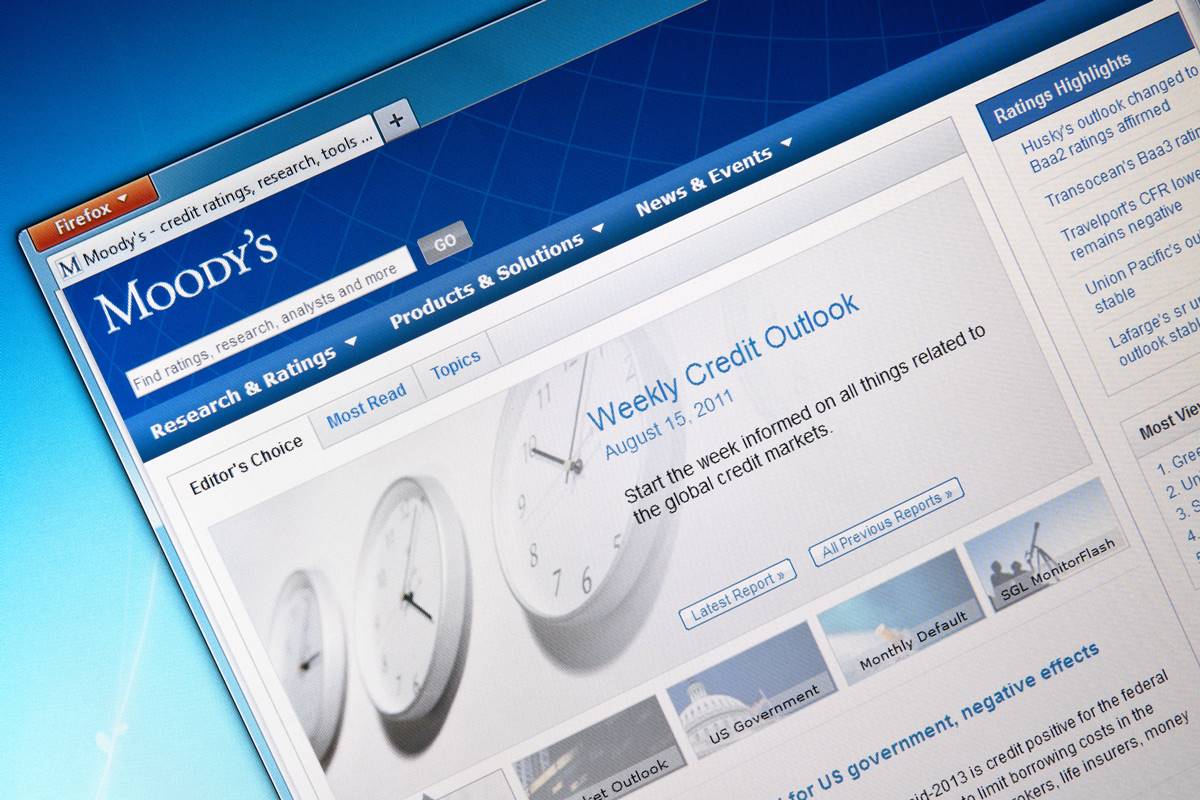India’s Got Latent: SC issues notice on YouTuber Ashish Chanchlani’s plea against FIRs
SC issues notice on YouTuber Ashish Chanchlani’s plea to quash or transfer FIR in India’s Got Latent case; tagged with Ranveer Allahabadia’s petition.
The rating agency says the decision will delay the resolution of non-performing loans

(Photo: Getty Images)
The Supreme Court’s judgment voiding the RBI circular issued on February 12, 2018, is “credit negative” for Indian banks as it will delay the resolution of non-performing loans, rating agency Moody’s said Wednesday.
“This is credit negative for Indian banks as it will weaken stressed loan recognition and resolution for large borrowers, and delay the resolution process of some existing large non-performing loans (NPLs),” Moody’s Investors Service said in a research note.
Advertisement
Following the judgment on the Reserve Bank of India (RBI) circular, banks and borrowers will regain flexibility in resolving stressed loans. In the past, this flexibility caused the recognition and resolution of stressed loans to be postponed. Hence, the voiding of the February 12 circular is credit negative, it said.
Advertisement
Apart from slowing the pace of loan resolutions that were previously subject to the deadlines outlined in the February 12 circular, the judgment may require resolution process to be started afresh, the rating agency warned.
“The impact on other loans that are in the insolvency process because of prior RBI directives will depend upon the interpretation of the Court judgment in future legal challenges,” it said.
Further, as the judgment makes government authorization a necessary condition for the RBI to direct banks to initiate the insolvency process on specific accounts, insolvency processes for all other stressed loans may come under a legal cloud, it further warned.
However, another rating agency, Crisil Ratings, said banks’ asset quality will not be materially impacted as bulk of the stressed loans have already been recognised and the judgment gives banks more flexibility and time to resolve stressed assets on their own.
“Going forward, we should see banks having greater flexibility in deciding which stressed assets to be resolved using the Insolvency and Bankruptcy Code (IBC),” Crisil Ratings Senior Director Krishnan Sitaraman said.
“The IBC is a very effective mechanism that has been upheld by courts in its entirety and the banks’ decisions to resolve stressed accounts through the IBC could be led by whether such accounts involve wilful defaults or have become stressed due to adverse business conditions and environmental factors,” he added.
Crisil said the stressed power sector assets in the private sector will get the biggest respite from the judgment as most of them were on the verge of being referred to bankruptcy court, the National Company Law Tribunal, for insolvency resolution process.
The flexibility on timelines does away with the imminent threat of significant haircuts on these exposures for lenders in the near term. Given the weak industry environment and limited bidder interest, banks were staring at significant haircuts on many of these assets, it said.
Though Crisil said the ruling on the RBI circular may not impact new NPA accretion levels as most have already been recognised, it agreed that the pace of reduction in the stock of NPAs could slowdown.
“Incremental NPA formation is estimated to have halved to 3.7 per cent (of opening net advances) for the full year ended March 31, 2019, compared with 7.4 per cent in fiscal 2018,” Financial Sector Ratings Director Rama Patel said.
While the near term impact of the apex court’s decision on banking sector asset quality is limited, the RBI’s stance on the possible changes to regulations on resolution of stressed assets post the apex court’s decision will need to be seen, it said.
However, Crisil said: “… a return to the pre-IBC era is not expected.”
Advertisement